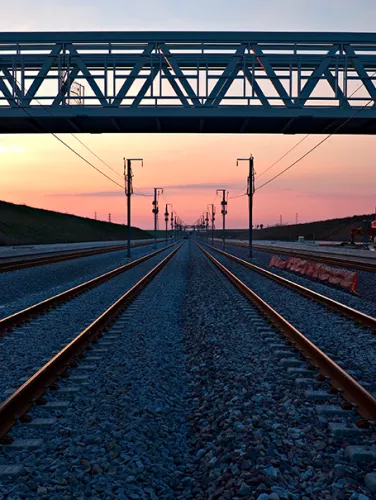More regularity with the Quality Circle of Operations project
We are managing several development and modernisation projects in France to improve the quality of our service offering, such as the Quality Circle Operations project on the North Sea - Mediterranean corridor. This pilot, launched in 2020, aims to improve the departure punctuality and line regularity of international freight traffic on a daily rotation between the Bettembourg terminal and the Édouard Herriot port in Lyon. The result: +20 points for regularity.


